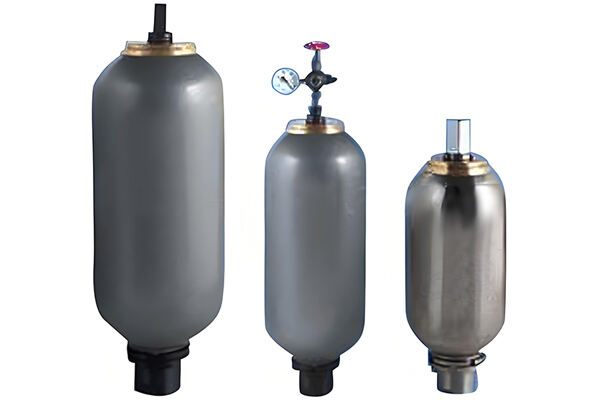Maizhuang Daoshu Town, Danyang City , Jiangsu P, China +86-511 86675547 [email protected]
Diaphragm type energy storage and bladder type energy storage, two different structures and working principles of energy storage, this article will reveal their main differences.
In terms of structural design, the diaphragm accumulator separates liquid or gas into two areas by a partition membrane, with one area containing compressed medium and the other area storing liquid or gas. The bladder type accumulator is composed of flexible rubber capsules, which can hold liquids or gases. After filling, the bladder expands and contracts to release the stored liquids or gases.
In terms of pressure stability, diaphragm type accumulators provide a more stable pressure output by isolating the medium from the stored liquid or gas through a diaphragm. In contrast, although the bladder type accumulator can also provide a certain degree of pressure stability, its output pressure may fluctuate slightly due to the flexibility of the rubber capsule.
In terms of application fields, diaphragm accumulators are widely used in hydraulic and pneumatic systems in industries, transportation, aerospace, and other fields, providing important functions such as energy storage, pressure balancing, and buffering. Bag type energy storage devices are commonly used in small applications such as automotive suspension systems, bicycle shock absorbers, and are also suitable for some low-pressure industrial applications.
Overall, diaphragm accumulators play a crucial role in large-scale industrial and transportation systems due to their pressure stability and wide range of application scenarios. The bladder type accumulator, on the other hand, is suitable for small applications and low-pressure environments due to its small size and strong flexibility. When selecting an accumulator, specific application requirements and working conditions should be considered to ensure optimal performance and effectiveness.
